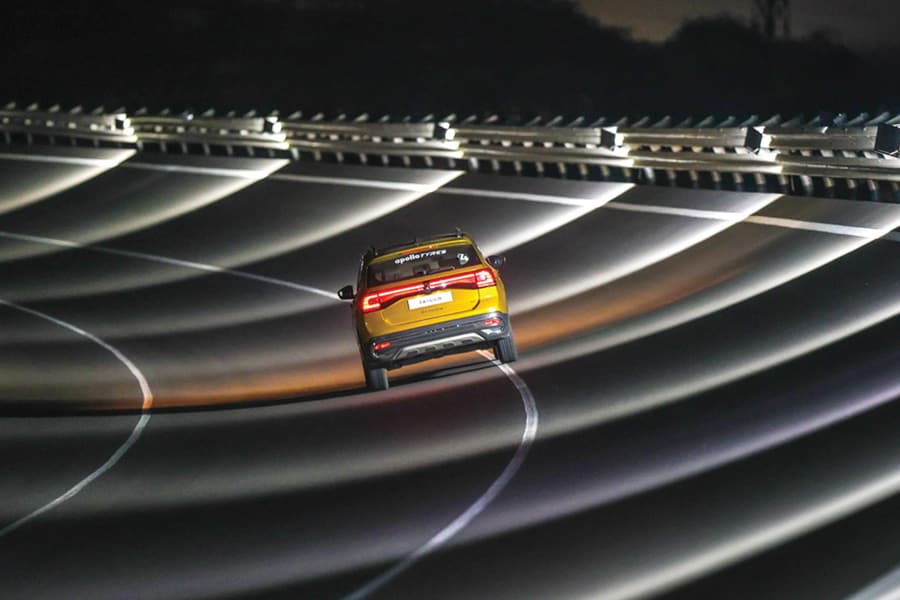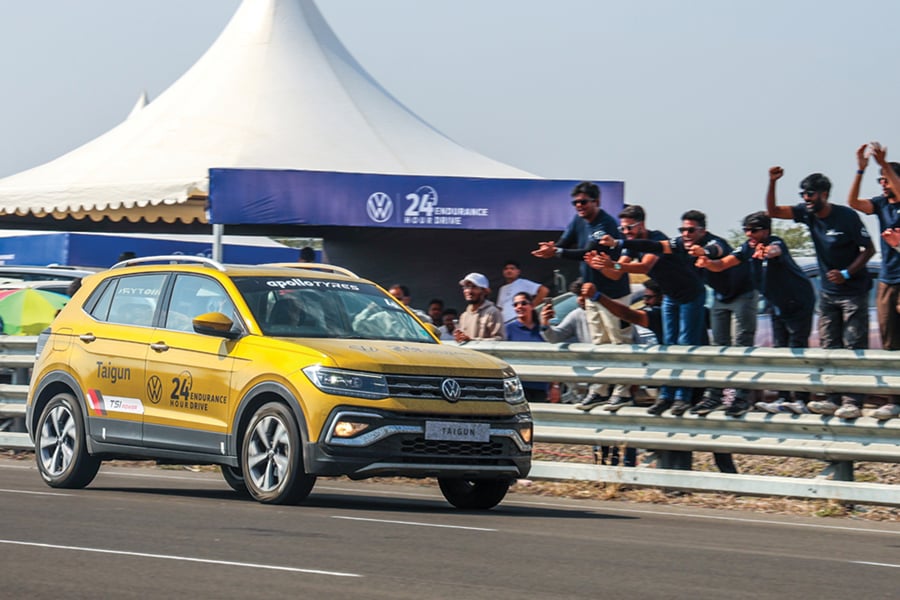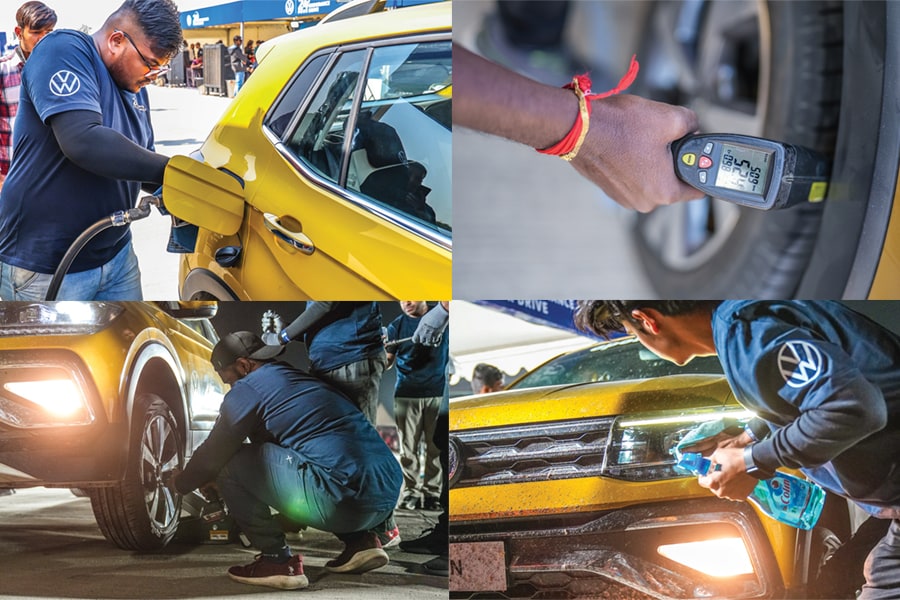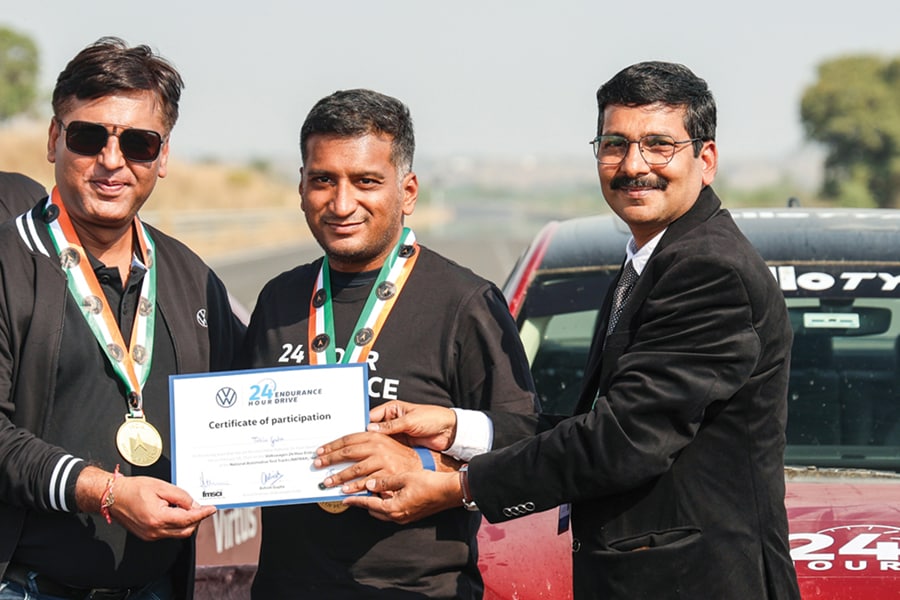
24 Hour Volkswagen Endurance Drive - Setting the bar high
The 24 Hour Volkswagen Endurance Drive has set the record straight, quite literally. The Volkswagen Taigun 1.0 TSI has broken the record for the maximum distance covered by an SUV in 24 hours, doing 4,423.82 km

When you see a Volkswagen, one of the first things that comes to mind is that it’s built to a standard. The high standard of German engineering that always makes for a robust machine. Your thoughts then move to this brand’s cult status as one that always holds promise for those who like driving, with the engaging performance on offer. You also know that safety isn’t compromised in all of this, Volkwagens are some of the most reassuring cars in this regard on our roads today.
The Volkswagen Taigun and Virtus have also shown that these attributes haven’t been diluted by their Indian-ness. These cars are made in India for India and have if anything, gone on to further establish these traits. But Volkswagen India is now pushing the bar, as high as it gets, by showing that the Taigun and Virtus can be depended on in even the most demanding situations.

It’s done this by setting some mind-boggling records. The Volkswagen Virtus GT powered by the 1.5-litre TSI EVO now holds the national record for the most distance covered by a car in 24 hours, having done 4,654.48 km. This is also the national record for the most distance covered by a sedan in 24 hours. The Volkswagen Taigun 1.0 TSI has broken the record for the maximum distance covered by an SUV in 24 hours, doing 4,423.82 km. Further, the Volkswagen Virtus 1.0 MT covered 4,357.21 km, breaking the record for the most distance covered by a car under 1-litre engine capacity in 24 hours. These achievements are especially noteworthy, considering the previous record was handily beaten by these cars and was set by something powered by larger, more powerful engines.









